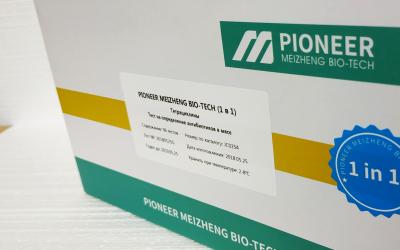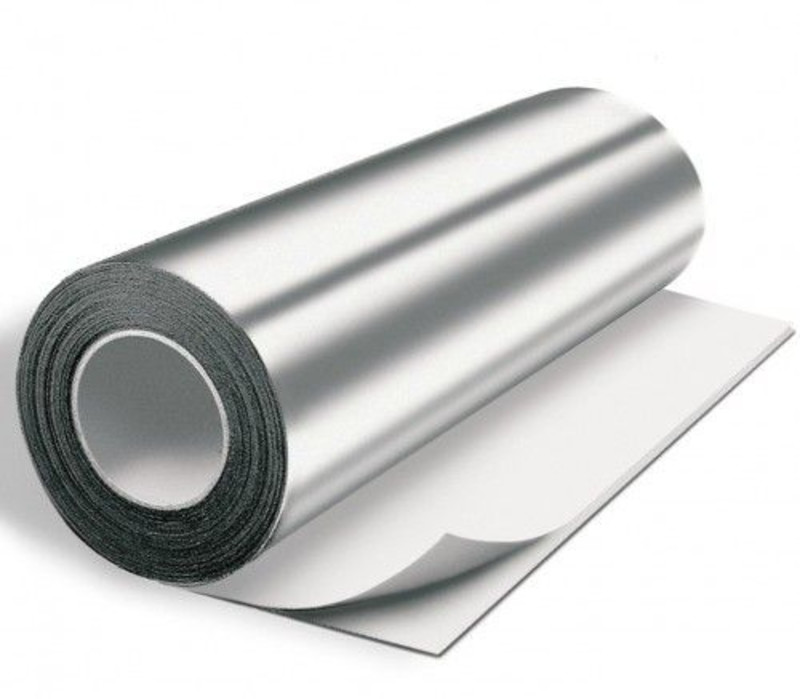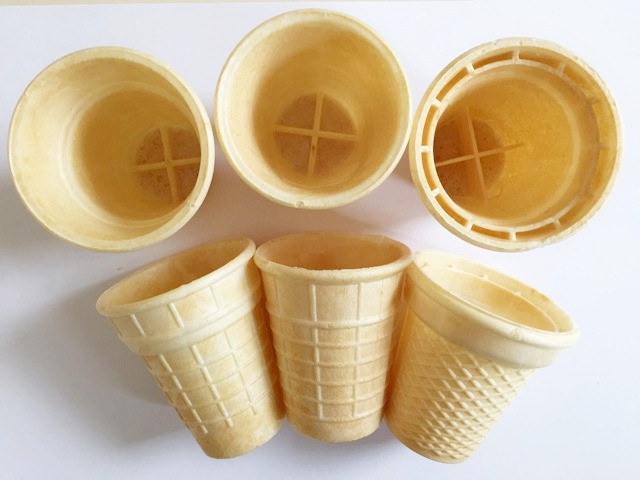COVID will be the driver for accelerating automation
Economists at CoBank predict major changes in the US food industry . In their opinion, the problems caused by covid-19 will accelerate the automation of the entire supply chain. The expected summer economic boom is in full swing. Jobs abound, but workers are scarce as the labor market recovers more slowly than most economists expected. Workforce challenges that arose during the pandemic and persist today will drive businesses across the food supply chain to rapidly increase their automation, according to a new quarterly report from CoBank's Knowledge Exchange.
“The most significant and long-term impact of COVID-19 will be the acceleration of automation,” said Dan Kowalski, vice president of CoBank’s Knowledge Sharing division. “And it will affect the entire supply chain, from farms to grocery stores and restaurants. It won't be an overnight transformation, but much larger investment in technology now will lead to a much more automated supply chain over the next few years."
Increased food prices
In this market, higher prices in the short to medium term are inevitable as higher raw material and transportation costs, combined with higher wages, force retailers to pass these higher costs on to consumers. Consumers in the US have benefited from very low food inflation for much of the last decade, but higher prices are all but inevitable next year.
The upcoming adjustments will look very different for each segment of the food supply chain. But the acceleration of change will be significant, and strategic moves to create more resilient businesses will be taken sooner than previously thought.
Retail food sales are on the rise
MEAT and poultry prices hit record highs in mid-May as the catering and food retail sectors braced for post-COVID consumer activity and the summer holidays. In April, food service sales reached pre-pandemic levels, hitting an all-time high of $75.3 billion. More telling, however, overall food retail sales growth was up 7.3% year-over-year and 15.3% year-over-year, signaling long-term changes in consumer behavior.
The profitability of the poultry industry has improved markedly from the worst of 2020, and profitability should remain strong until the end of 2021. However, well-publicized problems with changes in chicken breeding stock over the past couple of years have limited the sector's short-term upside potential.
Pork has been one of the fastest growing commodities in 2021, with lean pork futures hitting the $122 mark in mid-June. Strong consumer demand for meat, limited supplies of other types of meat and reduced pork production in the second half of the year are all tailwinds for higher pork prices for the rest of 2021. However, pork prices in CHINA have fallen by 65% since the beginning of the year. signals a significant decline in US pork exports to China in the second half of the year.
And this fact will be taken into account when preparing the monthly analytical report Meatinfo.ru



























































